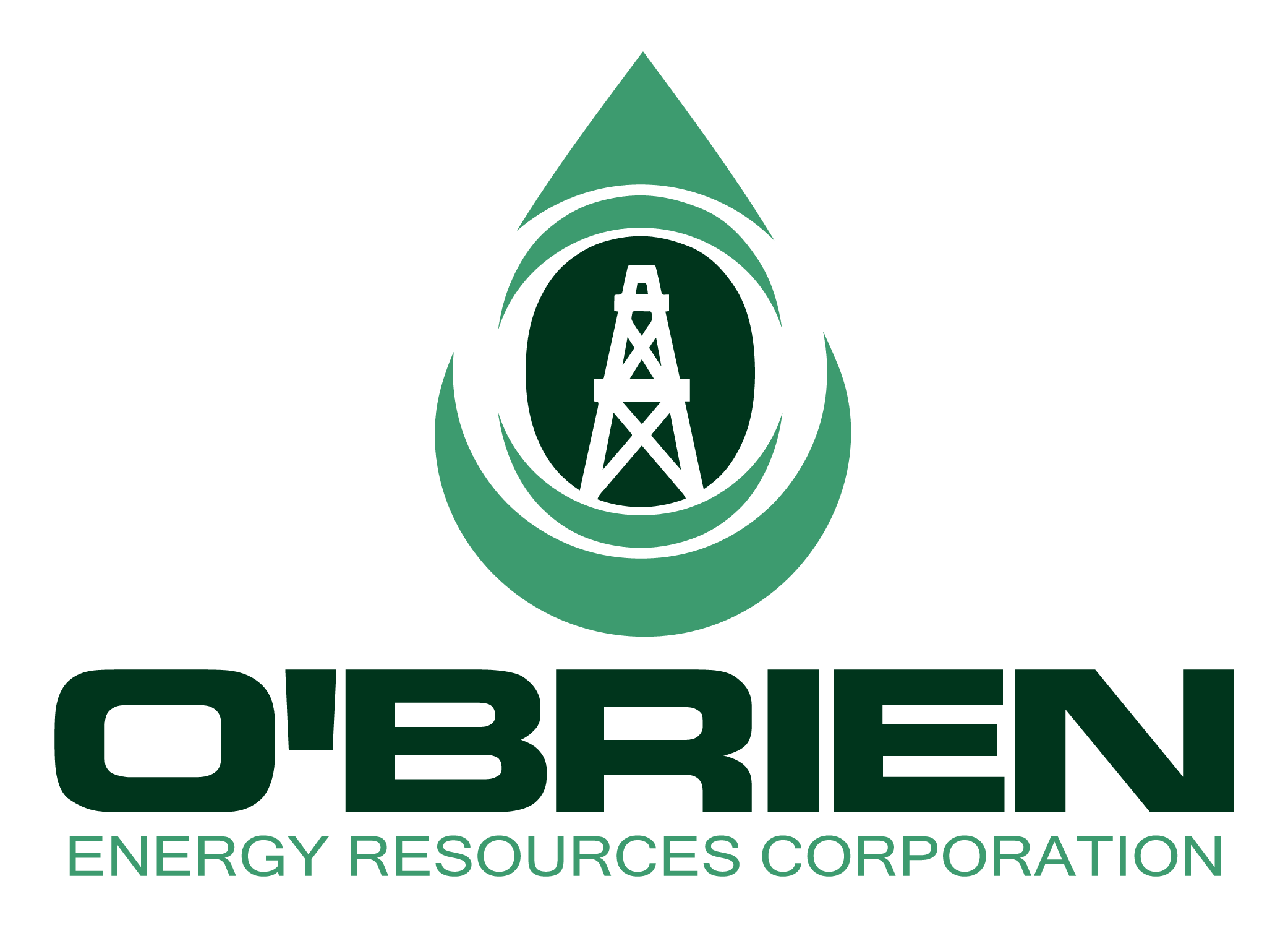The following general discussion is provided for background information only. Joint venture partners should consult with their own tax advisors.
Congressional Incentives
Oil and gas development from domestic reserves helps to make our country more energy self-sufficient by reducing our dependence of foreign oil imports. In light of this, Congress has provided tax incentives to stimulate domestic production financed by private investment sources. These tax benefits enhance the economics of an oil and gas investment. With the passage fo the Tax Reform Act of 1986, oil and gas ventures are now one of the most tax advantaged investments. The Act specifically exempts oil and gas Working Interests from being classified as “Passive Income”. (See Section 469c(3) of the Tax Code.)
Intangible Drilling Cost Tax Deduction
Oil and gas projects are labor intensive, so a significant portion of the investment is considered Intangible Drilling Cost (IDC), which is 100% deductible during the first year. For example, an investment of $100,000 could result in approximately $90,000 to $95,000 in tax deductions for IDC even if the well does not start drilling until March 31 of the year following the investment. The remaining amount of intangible costs may be deducted over the next several years. (See Section 263 of the Tax Code.)
Tax Opinion
The Internal Revenue Service typically does not offer advice concerning the taxation of any specific program, and no attempt will be made to obtain a ruling. It is anticipated that the Joint Venture will be taxed as a Partnership for Federal Income Tax purposes. Tax benefits will be allocated on the basis of the investor’s pro-rata interest in the Joint Venture. For further information regarding this type of Joint Venture, potential investors should contact their own tax counsel, their best source of information for individual tax advice.
Small Producers Tax Exemption
The 1990 Tax Act provided some special tax advantages for the typical investor in oil and gas drilling projects. This “Small Producers Exemption” allows up to 100% of an investor’s net income from an oil and gas property to be tax free. This tax incentive, known as the “Percentage Depletion Allowance”, is specifically intended to encourage the small investor to participate in oil and gas drilling. This tax benefit is not available to large oil companies or taxpayers who sell oil or natural gas through retail outlets or those who engage in refining crude oil with runs of more than 50,000 barrles per day. It is also not available for investors owning more than 1,000 barrles of oil (or 6,000,000 cubic feet of gas) average daily production. The “Small Producers Exemption” specifically allows 15% of the gross income from an oil and gas producing property to be tax free. All drilling operations of this Joint Venture will qualify for these “Percentage Depletion” tax benefits. Each investor should state in his annual tax return that he claims the “Small Producers Exemption”. (Refer to Section 613a of the Tax Code.)
Active vs. Passive Income
The Tax Reform Act of 1986 introduced into the Tax Code the concepts of “Passive” income and “Active” income. The Act prohibits the offsetting of losses from “Passive” activities against income from “Active” businesses. The new Tax Code specifically states that a Working Interest in an oil and gas drilling program is not a “Passive” activity, so accordingly, deductions can be offset against income from active stock trades, business income, salaries, etc. (Refer to Section 469c(3) of the Tax Code.)
